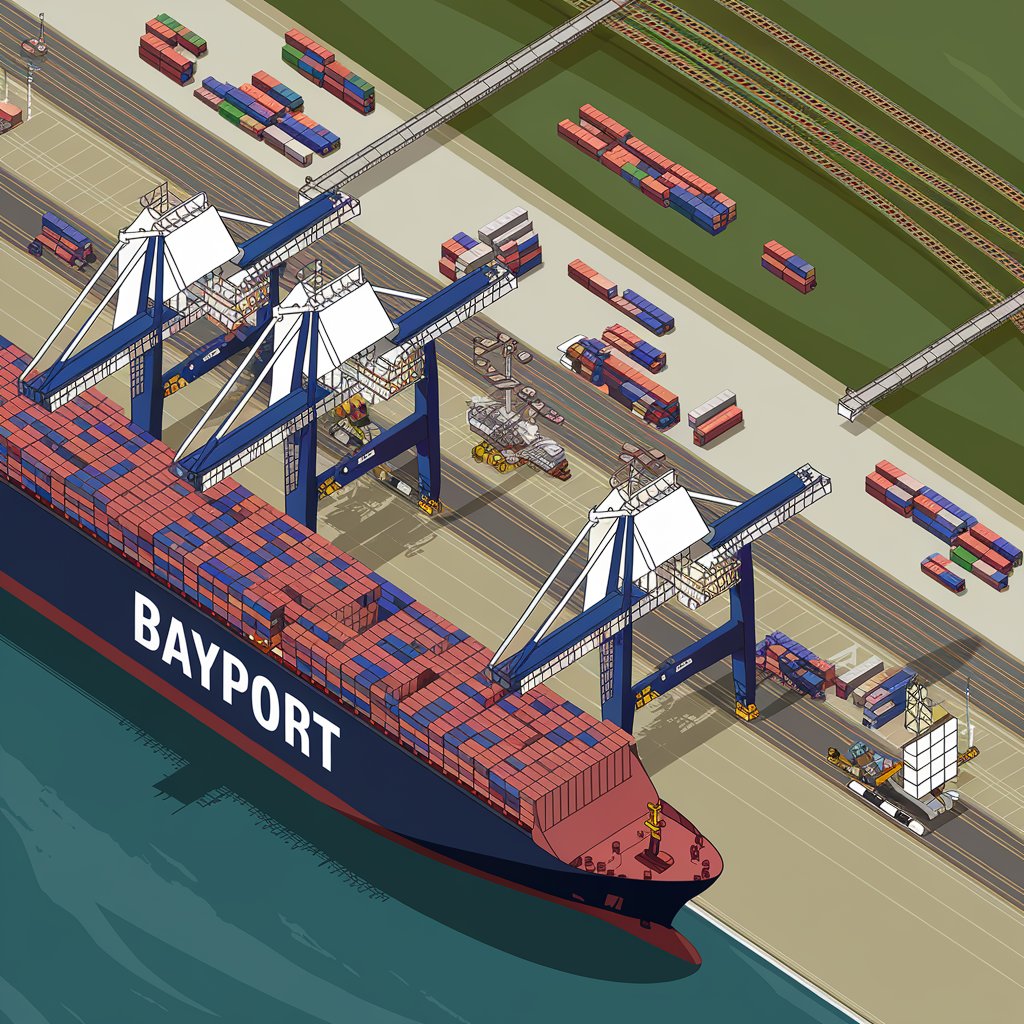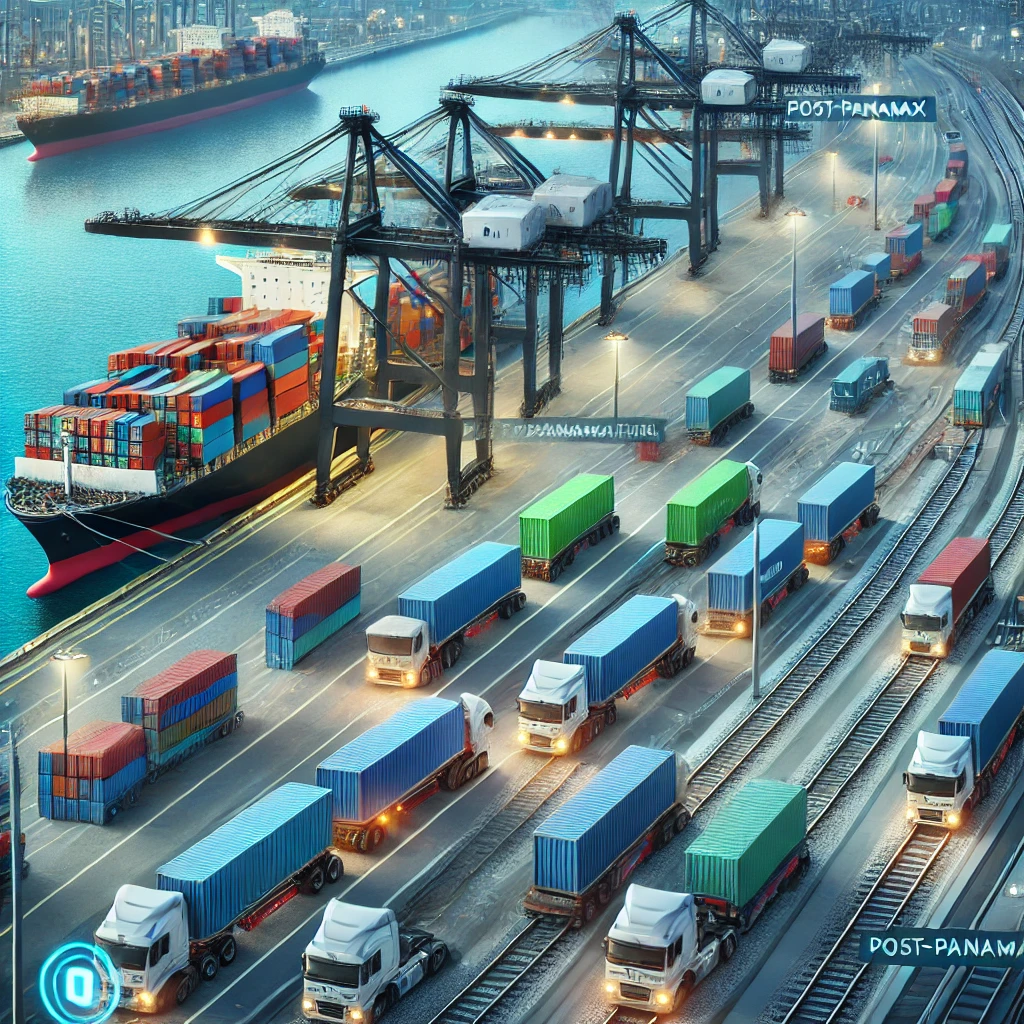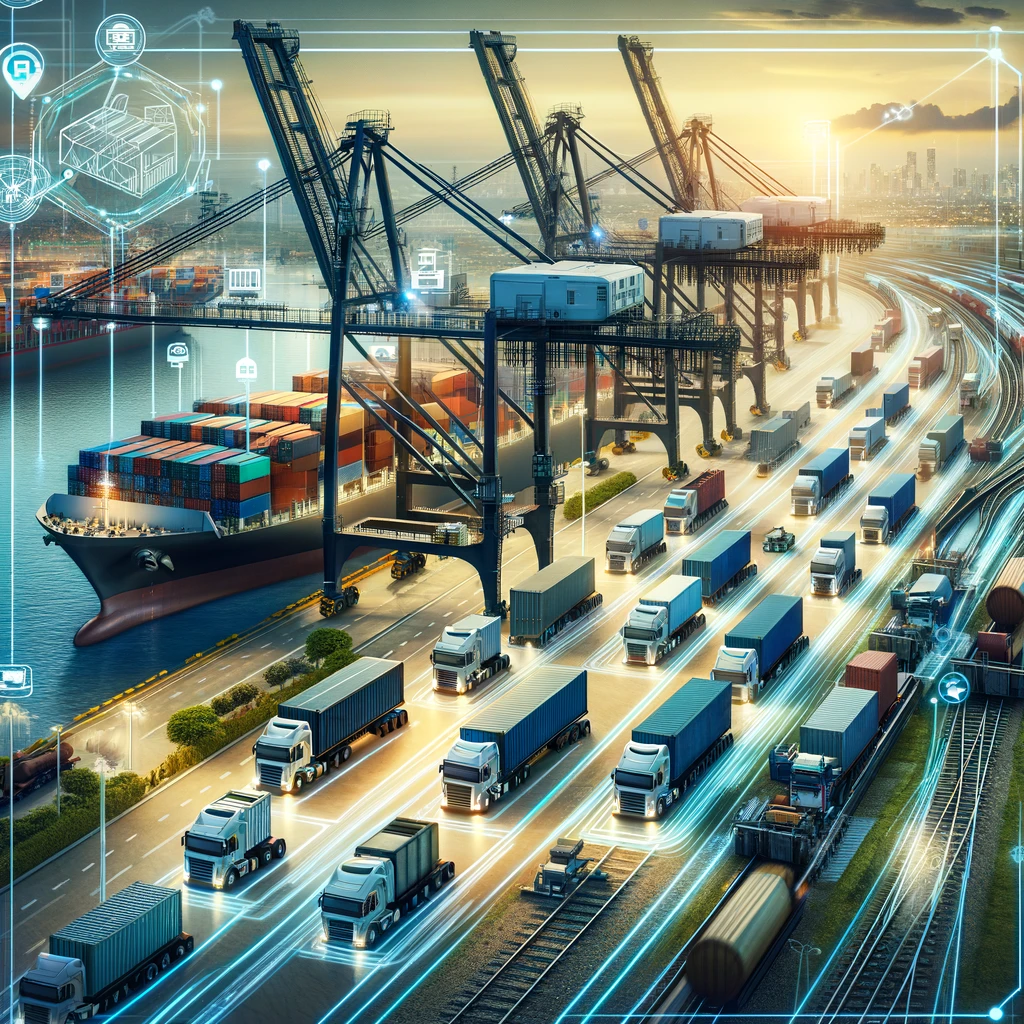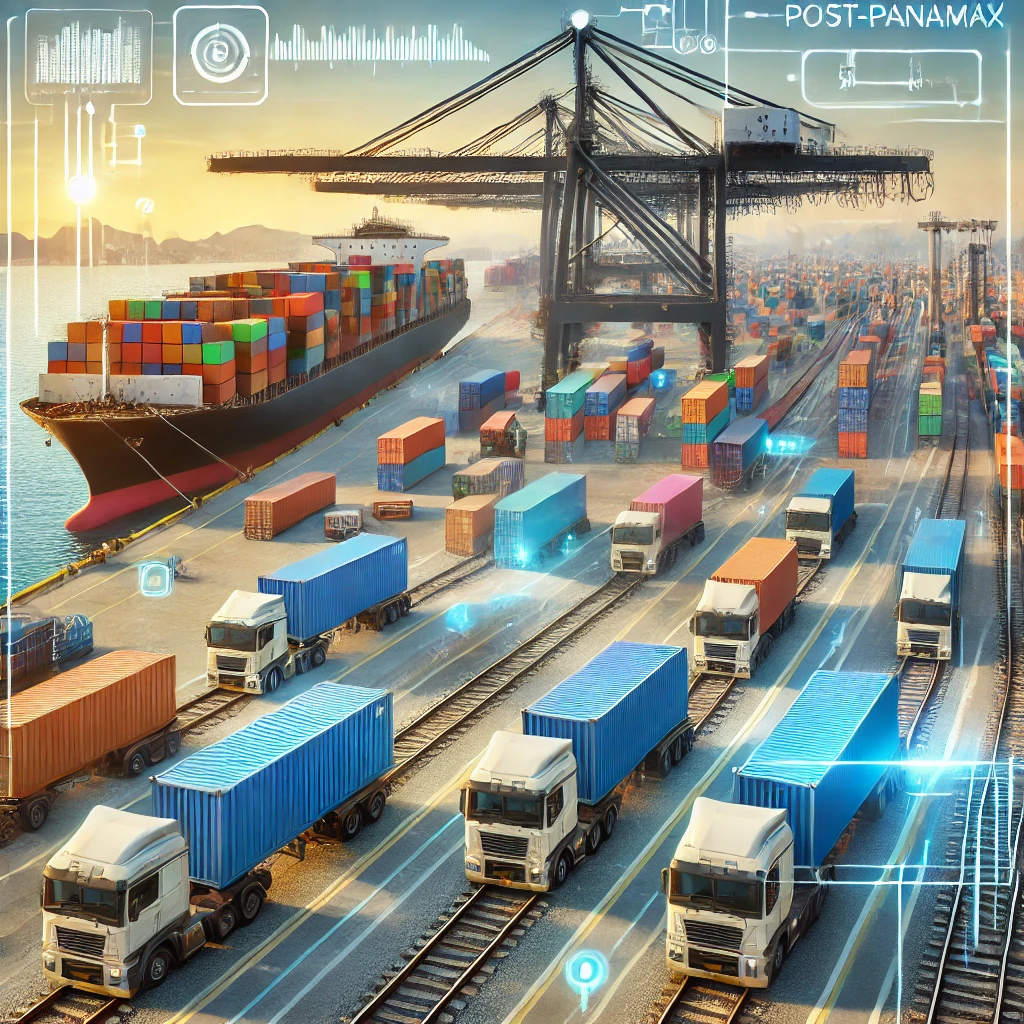Mastering Drayage Services: Streamlining Short-Distance Container Movement

Understanding Drayage Services
Definition and Importance
Drayage refers to the short-distance transportation of containerized cargo drayage services, typically between a port or rail terminal and a nearby destination. This service is essential for several reasons:
- Bridging intermodal gaps
- Facilitating customs clearance
- Enabling container consolidation and deconsolidation
- Supporting just-in-time inventory management
Types of Drayage Operations
- Inter-carrier Drayage: Moving containers between different shipping lines or modes of transportation
- Intra-carrier Drayage: Relocating containers within a single carrier’s network
- Expedited Drayage: Priority movement of time-sensitive cargo
- Pier Drayage: Transporting containers directly from port to consignee
- Shuttle Drayage: Moving containers between ports and off-site storage facilities
Key Components of Effective Drayage Services
1. Robust Technology Integration drayage services
Leveraging technology is crucial for efficient drayage operations:
- Transportation Management Systems (TMS): Optimize routing and scheduling
- Real-time Tracking: Provide visibility into container movements
- Electronic Data Interchange (EDI): Facilitate seamless information exchange
- Mobile Applications: Enable driver communication and status updates
2. Strategic Network Planning drayage services
Effective drayage requires careful planning:
- Terminal Relationships: Develop strong partnerships with port and rail terminal operators
- Equipment Positioning: Strategically position chassis and containers to minimize empty moves
- Route Optimization: Utilize advanced algorithms to determine the most efficient routes
- Capacity Management: Balance workload across available resources to avoid bottlenecks
3. Skilled Workforce
The human element is critical in drayage operations:
- Experienced Drivers: Employ knowledgeable drivers familiar with local regulations and terminal procedures
- Dispatchers: Utilize skilled dispatchers for efficient load assignment and problem-solving
- Customer Service: Maintain a responsive customer service team to address shipper inquiries and concerns
4. Regulatory Compliance
Navigating the regulatory landscape is essential:
- Licensing: Ensure proper licensing for drivers and equipment
- Hours of Service (HOS): Comply with federal and state regulations on driver work hours
- Environmental Regulations: Adhere to emissions standards and port-specific environmental requirements
- Customs Compliance: Maintain expertise in customs procedures and documentation
Strategies for Streamlining Drayage Operations
1. Implement Advanced Appointment Systems
- Utilize terminal drayage services appointment systems to reduce wait times and congestion
- Integrate appointment scheduling with TMS for automated planning
- Encourage off-peak hour appointments to maximize efficiency
2. Optimize Container Staging drayage services
- Utilize off-dock container yards for staging and storage
- Implement cross-docking strategies to minimize dwell times
- Coordinate with terminals for pre-staging of containers before vessel arrival
3. Leverage Data Analytics
- Analyze historical data to identify patterns and optimize operations
- Implement predictive analytics for proactive problem-solving
- Utilize real-time data for dynamic routing and scheduling adjustments
4. Enhance Communication and Visibility
- Provide real-time status updates to shippers and consignees
- Implement collaborative platforms for seamless information sharing among stakeholders
- Utilize IoT devices for enhanced container and chassis tracking
5. Invest in Driver Retention and Training drayage services
- Develop comprehensive driver training programs
- Implement driver incentive programs to improve performance and retention
- Utilize driver feedback to continually improve operations

Case Studies: Successful Drayage Optimization
Case Study 1: E-commerce Retailer
Challenge: Managing high-volume, time-sensitive shipments during peak seasons.
Solution:
- Implemented advanced TMS with real-time tracking capabilities
- Utilized off-dock container yards for flexible staging
- Developed partnerships with multiple drayage providers for scalability
Results:
- 30% reduction in dwell times
- 25% improvement in on-time deliveries during peak seasons
Case Study 2: Manufacturing Company
Challenge: Coordinating just-in-time inventory arrivals with production schedules.
Solution:
- Integrated drayage scheduling with manufacturing ERP system
- Implemented RFID technology for precise container tracking
- Utilized dedicated drayage fleet for critical shipments
Results:
- 40% reduction in inventory holding costs
- 20% improvement in production efficiency
Overcoming Common Drayage Challenges
1. Port Congestion drayage services
Challenge: Delays due to port congestion and long truck queues.
Solutions:
- Utilize night gates and extended hours operations
- Implement dual transactions (drop-off and pick-up in single trip)
- Explore alternative ports or inland port options when feasible
2. Equipment Shortages
Challenge: Shortages of chassis and containers, particularly during peak seasons.
Solutions:
- Develop partnerships with multiple equipment providers
- Implement a chassis pool program
- Utilize technology for real-time equipment tracking and allocation
3. Driver Shortages drayage services
Challenge: Difficulty in recruiting and retaining qualified drayage drivers.
Solutions:
- Offer competitive compensation and benefits packages
- Implement driver-friendly policies (e.g., guaranteed home time)
- Invest in technology to improve driver efficiency and job satisfaction
4. Regulatory Compliance
Challenge: Keeping up with changing regulations and compliance requirements.
Solutions:
- Develop a dedicated compliance team or partner with compliance experts
- Implement regular training programs for drivers and staff
- Utilize compliance-focused technology solutions

Future Trends in Drayage Services
- Autonomous Vehicles: Development of self-driving trucks for short-haul drayage operations
- Electrification: Increasing adoption of electric drayage trucks for reduced emissions
- Blockchain Technology: Enhanced transparency and security in documentation and tracking
- AI and Machine Learning: Advanced predictive analytics for optimized routing and scheduling
- Collaborative Platforms: Increased use of shared platforms for improved coordination among stakeholders
Key Performance Indicators (KPIs) for Drayage Operations
To measure and improve drayage performance, focus on these key metrics:
- Turn Time (at terminals and delivery locations)
- On-Time Performance
- Dwell Time
- Cost per Move
- Driver Utilization
- Equipment Utilization
- Fuel Efficiency
- Customer Satisfaction Scores

Best Practices for Shippers Using Drayage Services
- Plan Ahead: Provide accurate and timely information to drayage providers
- Flexibility: Be open to alternative delivery windows, especially during peak periods
- Technology Adoption: Embrace digital platforms for improved communication and visibility
- Collaborative Relationships: Develop strong partnerships with drayage providers
- Performance Monitoring: Regularly review KPIs and provide feedback to drayage partners
- Volume Consolidation: Consolidate shipments when possible to improve efficiency
- Continuous Improvement: Engage in ongoing dialogue with providers to identify areas for enhancement
Conclusion
Mastering drayage services is crucial for optimizing the final leg of container transportation and enhancing overall supply chain efficiency. By implementing the strategies outlined in this guide, shippers can significantly improve their drayage operations, reducing costs and improving service levels.
As the logistics landscape continues to evolve, staying informed about emerging trends and technologies in drayage services will be essential. Shippers who prioritize efficient drayage operations and foster strong relationships with their drayage partners will be well-positioned to navigate the complexities of modern supply chains.
Remember, effective drayage is not just about moving containers from point A to point B; it’s about creating a seamless, efficient, and reliable link in your overall logistics strategy. By focusing on technology integration, strategic planning, workforce development, and continuous improvement, you can turn drayage from a potential bottleneck into a competitive advantage in your supply chain operations.
